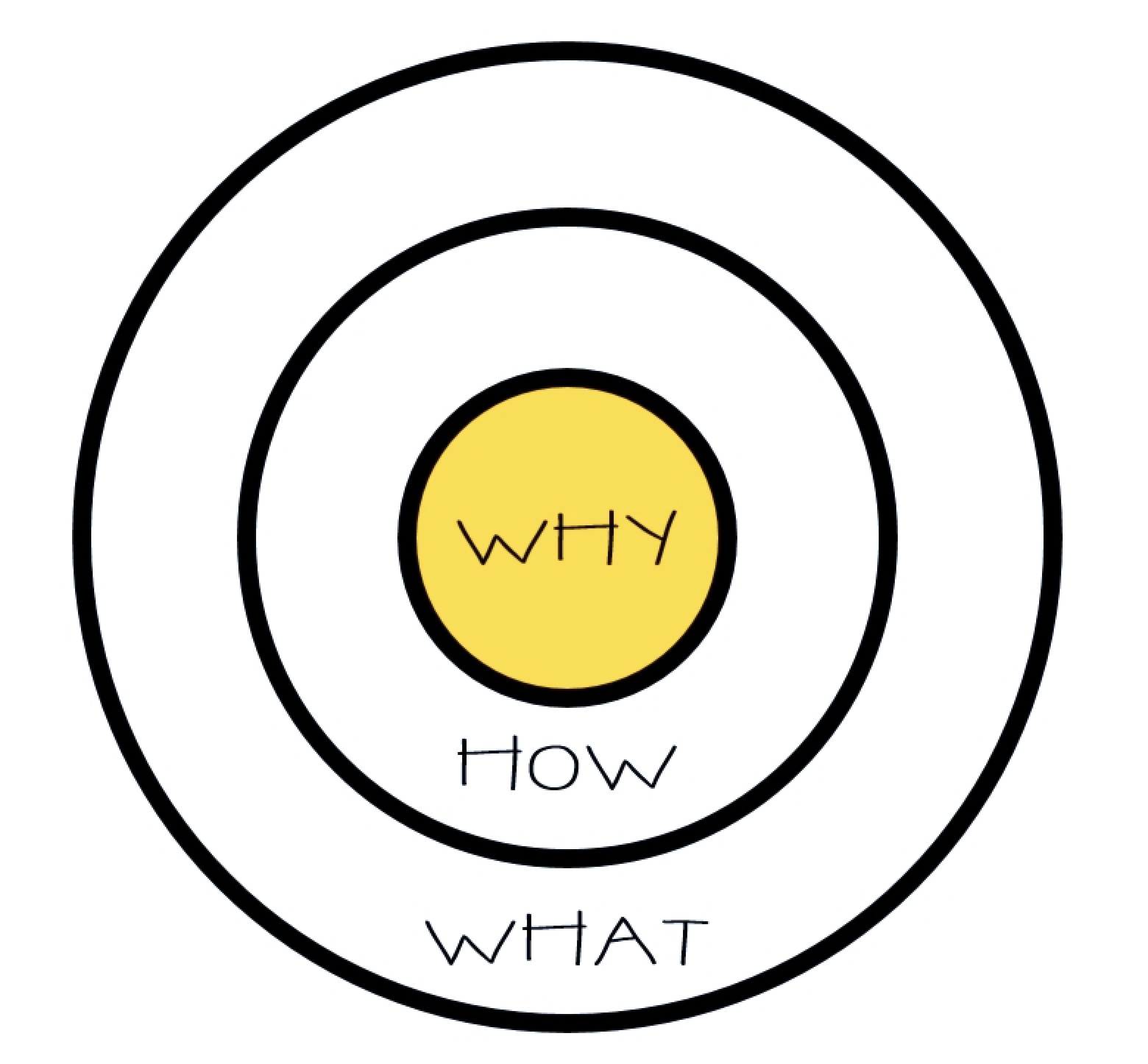What Should Be in a Business Plan for a Small Fashion Brand?
In the fast-paced, aesthetically driven world of fashion, having a brilliant product idea isn’t enough. Behind every cult brand and quiet luxury label is one unglamorous yet powerful asset: a solid business plan.
Whether you're launching your first capsule collection or turning a side hustle into a full-scale fashion brand, the business plan is your blueprint to success. It’s how you attract funding, make smart decisions, and scale sustainably.
So, what exactly should be in a business plan for a small fashion brand?
Let’s break it down.
The Golden Circle by Simon Sinek
1. Executive Summary
Think of this as your elevator pitch in writing. Briefly explain who you are, what your brand does, what makes it unique, and your goals for the next 1–3 years. Even if you’re a solo founder, this section should clearly articulate your WHY (The Golden Circle by Simon Sinek).
2. Brand Vision and Mission
This isn’t fluff. Your mission guides your daily decisions. Your vision keeps you aligned with long-term growth. Make sure both speak directly to your customer and reflect your values—especially if sustainability, inclusivity, or innovation are core to your brand.
3. Market Analysis
Who are you designing for? Where do they shop? What brands do they already love—and why will they choose yours instead?
Include:
A clear profile of your ideal customer
Market trends and demand forecasts
Competitive analysis (and your edge)
A business plan for a small business must show you know the market. Data builds credibility.
4. Product Offering
What are you selling, and why does it matter?
List your collections or product categories, including sketches or photos, price points, and the value proposition behind each. Talk about your design process, sourcing approach, and any IP or innovation involved. If you're offering made-to-order, DTC, or wholesale lines—make that clear.
5. Marketing and Sales Strategy
Your brand won’t grow unless you get seen and sell smart.
This section should outline:
Brand positioning and messaging
Launch and growth strategy (influencers, email, PR, pop-ups, etc.)
Sales channels: DTC, e-commerce, marketplaces, wholesale
Social media and community building plans
Even if you’re starting small, having a clear go-to-market approach is key to making a business plan effective.
6. Operations Plan
Fashion is logistics. How will you go from sketch to customer?
Cover:
Manufacturing process (in-house vs outsourced)
Supply chain partners and timelines
Inventory management (especially if you’re trying to stay lean)
Shipping, fulfillment, and customer service
Clarity here makes you investable and shows you’re thinking like a founder, not just a designer.
7. Financial Plan
This is where most creative founders freeze. But don’t. A business plan is a financial plan in disguise.
Include:
Startup costs (design, sampling, branding, web, etc.)
Pricing strategy and profit margins
Sales projections (3–12 months minimum)
Cash flow forecast
Break-even analysis
If you're bootstrapping, show how you'll stay lean. If you're seeking investment, state clearly how much you need, how it will be used, and what return you project.
8. Milestones and KPIs
What does success look like in the next 3, 6, and 12 months?
Set clear, measurable targets:
Revenue goals
Collection drops
Social media growth
Stockists or press mentions
This turns your vision into an action plan and keeps you accountable.
9. Team and Advisors
Even if you're solo, mention your strengths, and who you lean on. A tech pack designer? A production consultant? A branding partner?
If you're planning to scale, investors want to know you’re not doing it all alone.
Why It Matters
To make a business plan is to make your ideas real. It forces you to think strategically, build resilience, and prepare for the very real challenges of running a business.
For small fashion brands especially, where margins are tight and competition is fierce, a good business plan isn’t optional—it’s your survival kit.
You don’t need a 100-page document. But you do need a plan. One that evolves with you, keeps you focused, and shows the world (and your future self) that you’re serious about building a business.
